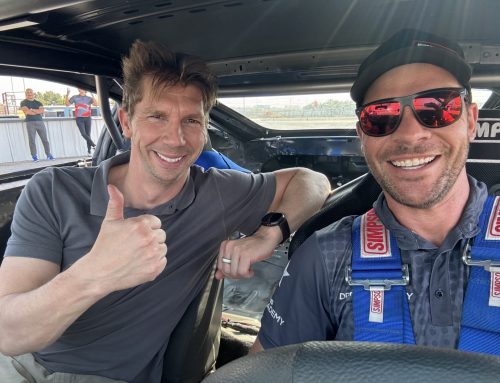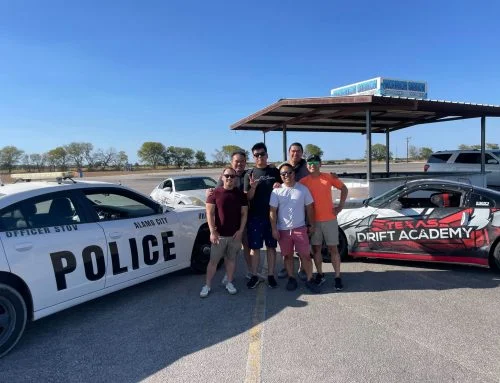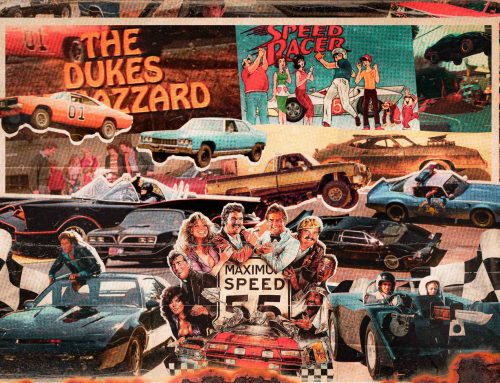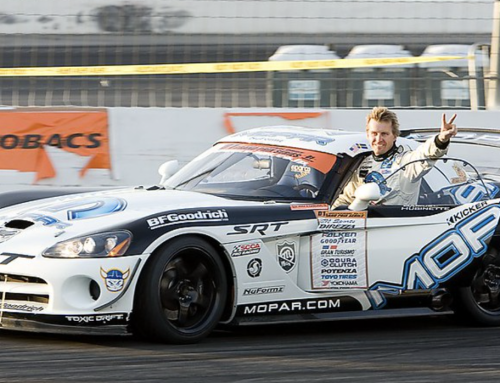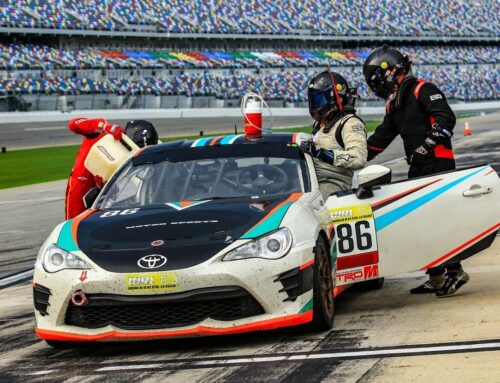In the world of high-performance driving, especially drifting, one truth stands tall: spinning out teaches you how not to spin out. It’s more than a mistake—it’s a lesson. At Texas Drift Academy, we believe that every spin puts you one step closer to mastering control behind the wheel.
Spinning is Part of the Process
Spinning out isn’t failure. It’s the result of pushing the limits, which is exactly where you want to be in order to learn. In drifting, spins happen when you oversteer, understeer, or mismanage throttle and steering. But instead of seeing them as a problem, each spin gives you valuable feedback on what went wrong—whether it’s bad weight transfer or poor throttle timing.
The key is to understand that these “failures” are necessary. You can’t figure out how to balance power, steering, and control until you lose it. This learning curve isn’t unique to drifting, but here, it’s more immediate—and that’s why it’s effective.
Learning Through Muscle Memory
Each time you spin, your body and brain get sharper. There’s science behind it too. Studies in motor learning show that making errors is crucial to developing muscle memory. The brain recognizes patterns of failure and starts building the pathways needed to prevent it from happening again. The feedback loop from spinning creates that muscle memory, embedding the experience into your nervous system.
A study published in the Journal of Neurophysiology supports this. Drivers who make mistakes learn faster and retain skills longer. So each time you lose control, you’re teaching your body how to respond better the next time.
Other Sports and Skills that Follow the Same Rule
This idea doesn’t just apply to drifting—it’s a universal truth. In snowboarding, falling is part of learning to balance. In boxing, getting hit teaches you where your guard is weak. Even in the tech world, failure fuels innovation. Thomas Edison’s famous quote, “I haven’t failed. I’ve just found 10,000 ways that won’t work,” hits the point home. Those missteps guide you toward mastery.
The Psychology of Spinning
At Texas Drift Academy, we teach drivers to embrace the spin. Psychologically, it’s easy to see a spinout as a mistake. But top drivers shift their mindset. They view every spin as a learning opportunity. This attitude lines up with what psychologist Carol Dweck calls a “growth mindset,” where mistakes are seen as steps toward improvement. It’s this mindset that separates average drivers from elite drifters.
Stats Don’t Lie
Research backs this up. Studies from Frontiers in Psychology show that people who embrace mistakes during training improve their skills by 20% more than those who try to avoid them. This is especially true in high-performance sports like drifting, where trial-and-error is the only way to push the limits.
When you’re out on the track, don’t fear the spin. Embrace it. Every spin is teaching you how to balance power, throttle, and control more precisely. The more you spin, the less you’ll spin in the future. That’s how mastery is built—through trial, error, and a whole lot of tire smoke. So, remember: spinning is learning, and that’s what gets you closer to the perfect drift.
At Texas Drift Academy, we don’t just teach you how to drive—we teach you how to learn.
